If there’s one dessert that instantly transports me to the sun-drenched streets of Greece, it’s baklava. This iconic treat, a staple among greek desserts baklava lovers, has a way of wrapping history, flavor, and culture into every flaky bite.
My first taste of baklava was during a family trip to Athens, where the warm aroma of honey and cinnamon floated through the air like a welcoming embrace. From that moment, I knew baklava wasn’t just a dessert—it was a story on a plate.
In this article, we’ll explore what makes greek desserts baklava so beloved, dive into its rich ingredients, and even unpack the health aspects behind this sweet tradition. If you’re curious about other sweet treats, be sure to check out our traditional Greek desserts recipes and Greek dessert variations for more delightful ideas.
Print
Greek Desserts Baklava
- Total Time: 1 hr 10 mins
- Yield: 12 servings
- Diet: Vegetarian
Description
Classic Greek desserts baklava with layers of flaky phyllo dough, chopped nuts, and honey syrup infused with lemon and cinnamon.
Ingredients
Phyllo dough sheets
Chopped walnuts (or almonds)
Ground cinnamon
Cloves (optional)
Unsalted butter, melted
Honey
Sugar
Water
Lemon juice
Instructions
1. Preheat oven to 350°F (175°C).
2. Butter a baking dish and layer 8 sheets of phyllo, brushing each with melted butter.
3. Mix chopped nuts with cinnamon and cloves.
4. Spread a layer of nut mixture evenly over the phyllo.
5. Layer 6 more sheets of phyllo over the nuts, buttering each sheet.
6. Repeat layering nuts and phyllo until ingredients are used, finishing with phyllo layers.
7. Cut baklava into diamond or square shapes.
8. Bake for 45-50 minutes until golden and crisp.
9. Meanwhile, prepare syrup by boiling sugar, water, honey, and lemon juice for 10 minutes.
10. Pour syrup evenly over hot baklava after removing from oven.
11. Let cool completely before serving.
Notes
Use fresh phyllo dough and keep it covered while working to prevent drying.
Allow syrup to cool slightly before pouring over hot baklava to avoid sogginess.
Store baklava covered at room temperature for up to 3 days.
- Prep Time: 20 mins
- Cook Time: 50 mins
- Category: Dessert
- Method: Baking
- Cuisine: Greek
Nutrition
- Serving Size: 1 piece
- Calories: 250
- Sugar: 18g
- Sodium: 40mg
- Fat: 15g
- Saturated Fat: 6g
- Unsaturated Fat: 7g
- Trans Fat: 0g
- Carbohydrates: 28g
- Fiber: 2g
- Protein: 4g
- Cholesterol: 20mg
Table of Contents
My First Taste of Greek Desserts Baklava
Baklava has been a part of my culinary journey since childhood, but it truly became special when I tried the authentic Greek version for the first time. Unlike the overly sweet, syrup-soaked versions I had tasted before, greek desserts baklava balances sweetness with fragrant spices and crunchy nuts.
The layers of thin, buttery phyllo dough combined with walnuts and honey create a texture that’s both crisp and tender. That first bite opened a door to Greek culture, showing me how food can connect people across generations. For a broader experience of Greek sweets, don’t miss our Greek desserts recipes or the luscious galaktoboureko recipe.
Why Baklava Stands Out in Greek Dessert Culture
Baklava holds a unique place in Greek celebrations and everyday life. It’s more than just a dessert; it’s a symbol of hospitality and tradition. Many families pass down baklava recipes, tweaking them slightly but always preserving the heart of the dish.
Greek desserts baklava often accompanies coffee, family gatherings, and festive holidays. Its popularity is no surprise—it brings a sense of comfort, indulgence, and pride in Greek culinary heritage. To explore similar crispy, sweet treats, take a look at our Greek desserts kataifi, a delicious cousin to baklava.
What Makes Greek Desserts Baklava Unique
The Classic Ingredients of Greek Baklava
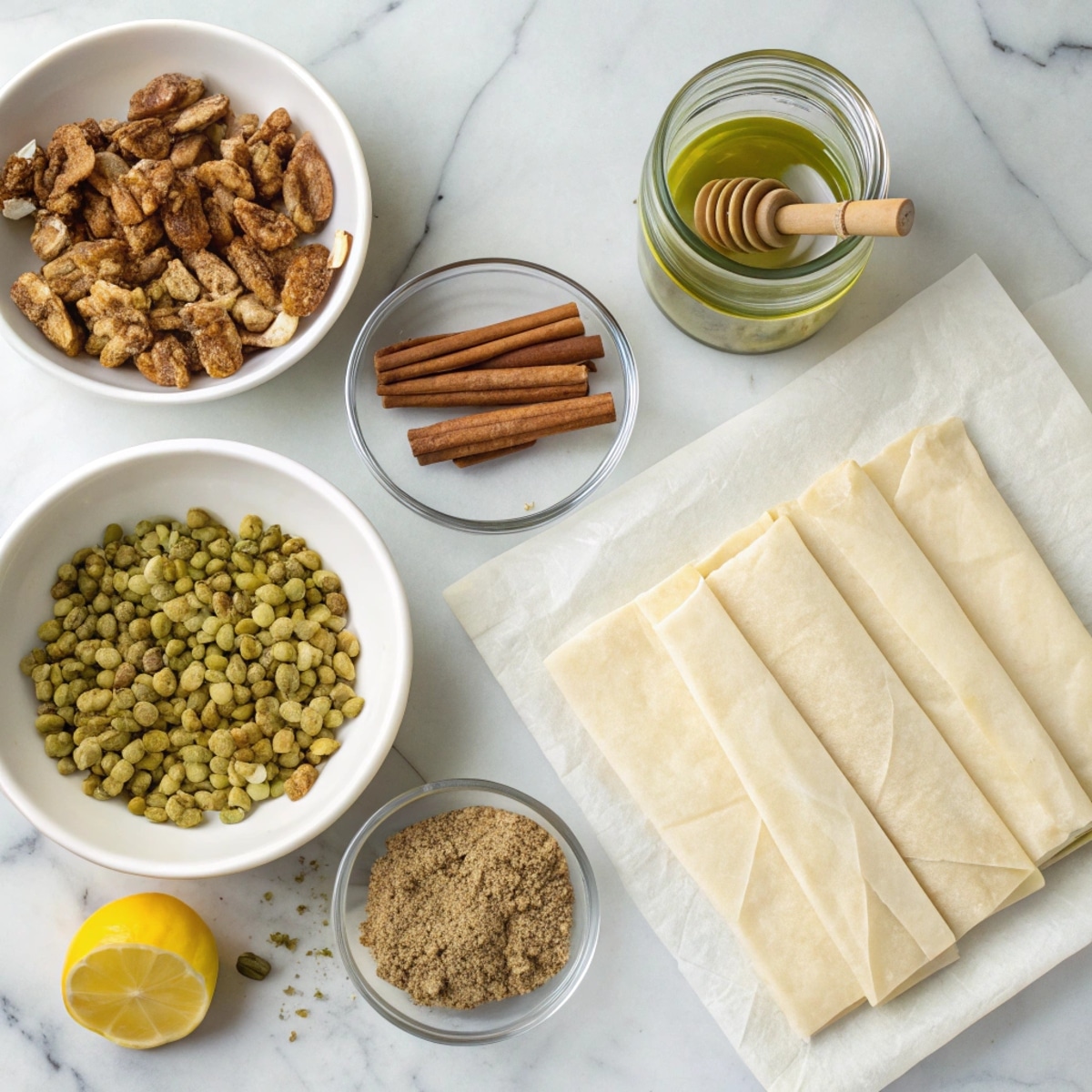
Greek desserts baklava is a masterpiece of simple ingredients coming together to create a complex flavor profile. The key components include layers of thin, flaky phyllo dough, a generous filling of chopped nuts—usually walnuts or pistachios—and a fragrant blend of cinnamon and cloves.
What truly sets Greek baklava apart is the honey-based syrup poured over it after baking, which seeps into every layer, creating a perfect balance of sweetness and texture. Unlike other versions, the syrup in Greek baklava is often flavored with lemon juice or orange zest, giving it a subtle citrus note that cuts through the richness.
This distinct method is part of what makes greek baklava a timeless favorite on dessert tables across Greece and beyond. If you want to experiment with similar flavors, our Greek yogurt recipes provide a fresh and tangy contrast to sweet dishes like baklava.
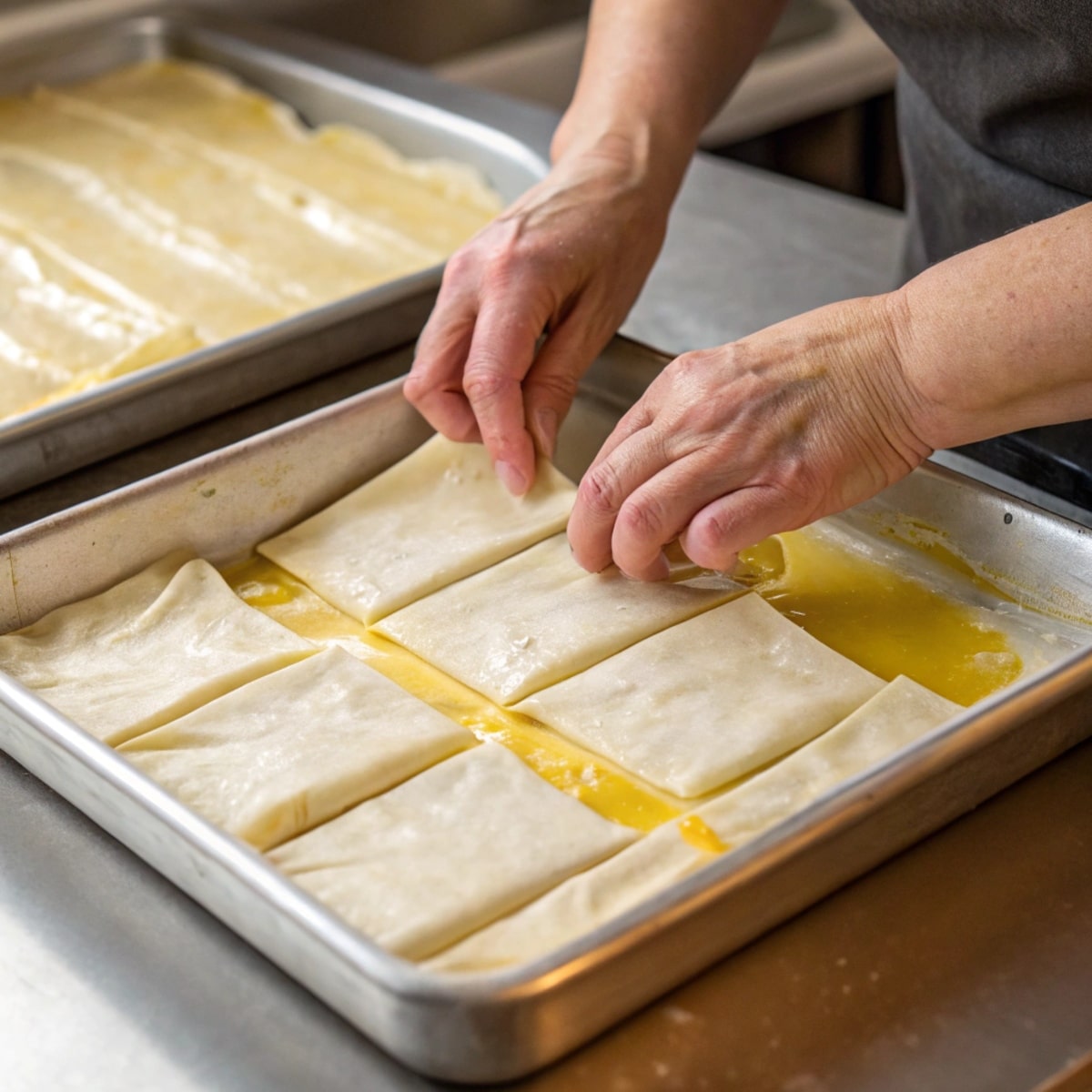
Comparing Greek Desserts Baklava with Turkish Versions
While baklava is popular in many countries, including Turkey and parts of the Middle East, Greek desserts baklava holds unique characteristics.
Greek baklava usually uses walnuts and a syrup that is thicker and more honey-forward, whereas Turkish baklava often features pistachios and a lighter sugar syrup. The layering technique also varies—Greek baklava tends to have more layers of phyllo, making it crispier, and the pieces are traditionally cut into diamond shapes.
These subtle differences reflect the distinct culinary traditions of the regions. For more insight into the variety of Greek sweets, check out our Greek Easter desserts, which often feature baklava during festive celebrations.
Health Aspects of Greek Desserts Baklava
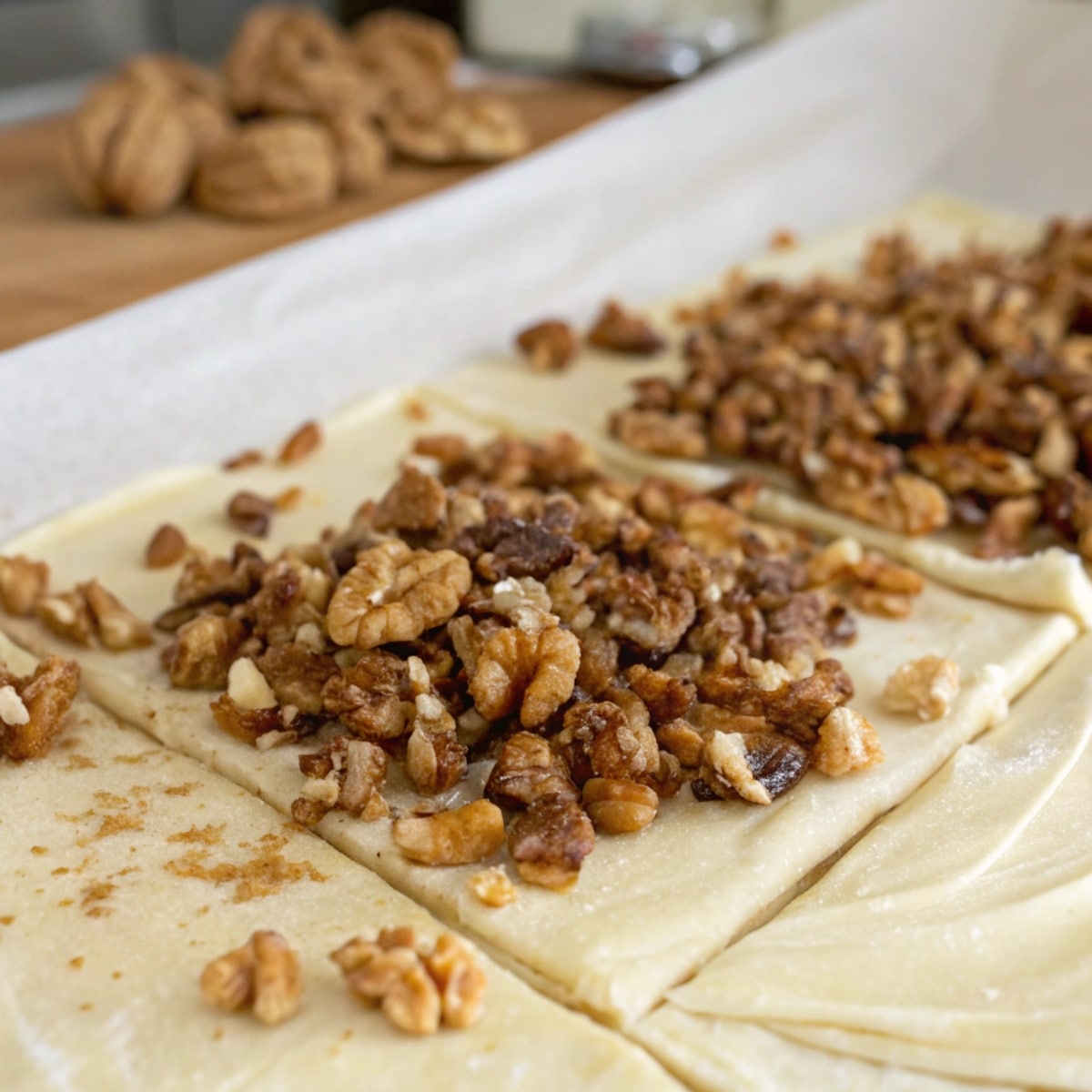
Is Greek Desserts Baklava a Healthy Choice?
While greek desserts baklava is undeniably delicious, many wonder about its health profile. Baklava is rich in nuts, which provide healthy fats, protein, and important nutrients like magnesium and vitamin E.
The use of honey as a natural sweetener is a plus compared to refined sugars, but the syrup still contributes to a high sugar and calorie content. Phyllo dough is relatively light compared to heavier pastry doughs, but the layers are brushed with butter, adding to the fat content.
Overall, baklava can be enjoyed as part of a balanced diet if eaten in moderation. For a healthier twist on Greek sweets, you might want to explore recipes with Greek yogurt, which offers protein and probiotics with less sugar.
How Often Can You Enjoy Baklava Without Guilt?
Eating baklava every day isn’t advisable due to its sugar and fat content, but enjoying it occasionally as a treat fits well into a balanced lifestyle. Portion control is key—small servings can satisfy your sweet tooth without overloading on calories.
Incorporating greek desserts baklava as a special dessert during family meals or celebrations allows you to indulge without guilt. If you’re looking for lighter dessert options, check out our traditional Greek desserts recipes for ideas that balance flavor and health.
Frequently Asked Questions About Greek Desserts Baklava
What is the Greek dessert baklava made of?
Greek desserts baklava is made from layers of thin phyllo dough, chopped nuts (typically walnuts or pistachios), butter, and a sweet honey-based syrup often infused with lemon or orange zest. The nuts and syrup give baklava its rich, sweet flavor and signature crunchy texture.
Is baklava Greek or Arab?
Baklava is a shared culinary tradition across many cultures, including Greek, Turkish, and Middle Eastern cuisines. While it has roots in the Ottoman Empire, Greek desserts baklava is a distinctly Greek adaptation, with unique ingredients and preparation methods that reflect Greek culinary heritage.
What is the difference between Greek baklava and Turkish baklava?
Greek baklava generally uses walnuts and a thicker, honey-based syrup flavored with citrus, and has more layers of phyllo dough, resulting in a crispier texture. Turkish baklava often uses pistachios and a lighter sugar syrup. The shapes and layering techniques also vary between the two.
Is baklava a healthy dessert?
Baklava contains healthy nuts and natural honey, but it’s also high in sugar and butter, making it calorie-dense. Enjoy it in moderation as a treat rather than a regular health food choice.
What is the most healthiest dessert in the world?
There isn’t one definitive “healthiest dessert,” but many experts recommend desserts that include natural ingredients like fresh fruit, nuts, and yogurt. Greek yogurt-based desserts, for example, offer protein and probiotics with less sugar, making them a nutritious choice.
Can I eat baklava every day?
Eating baklava daily isn’t recommended due to its sugar and fat content. However, enjoying a small portion occasionally as part of a balanced diet is perfectly fine and part of the pleasure of indulging in traditional Greek desserts baklava.
Conclusion
Greek desserts baklava is more than just a sweet treat it’s a cherished tradition that captures the essence of Greek culture in every bite. With its layers of flaky phyllo, fragrant nuts, and luscious honey syrup, baklava offers a unique blend of textures and flavors that have delighted generations.
While it’s rich and indulgent, enjoying greek desserts baklava in moderation lets you appreciate its heritage without compromising your health. Whether you’re new to Greek sweets or a longtime fan, baklava remains a timeless dessert that brings people together, celebrating flavor, family, and history.

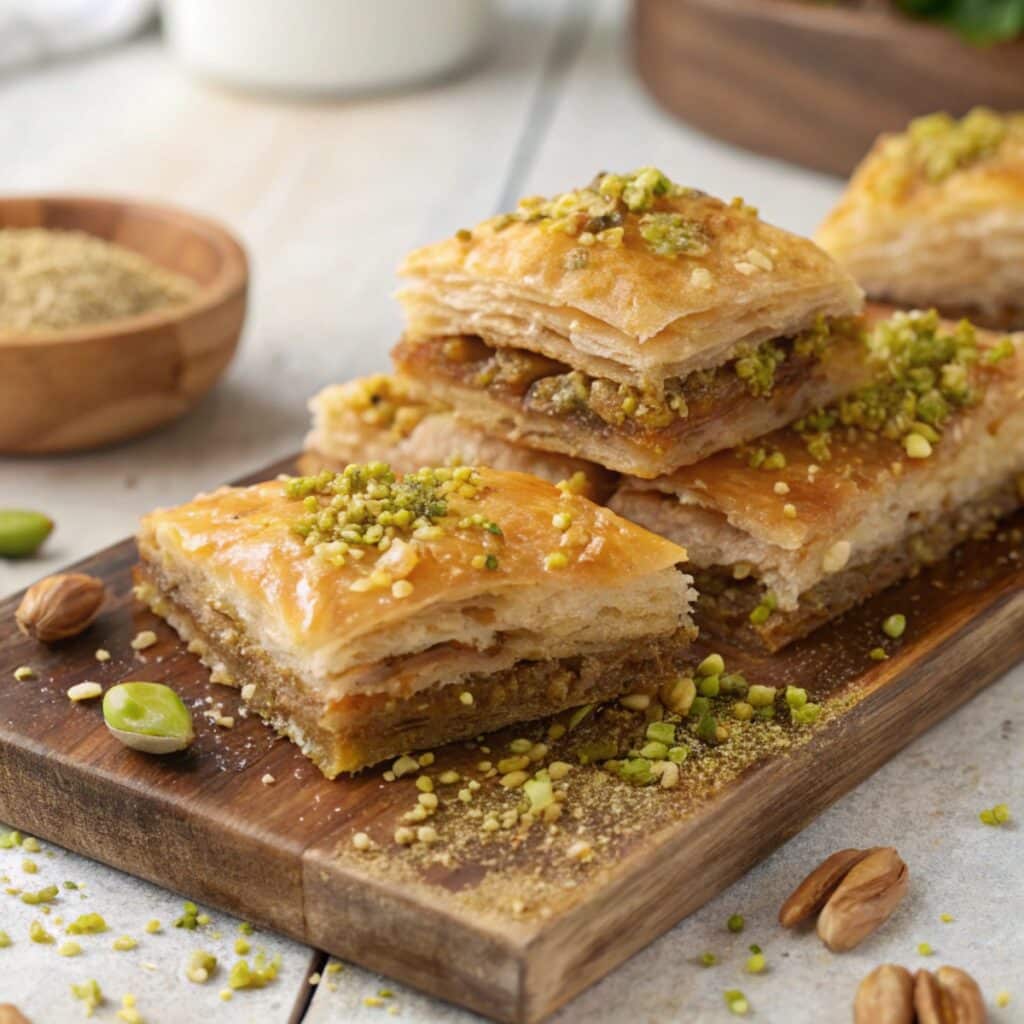
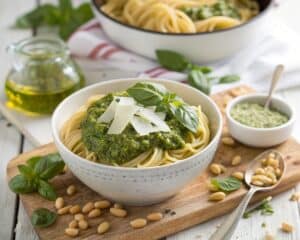


3 thoughts on “Greek Desserts Baklava: A Sweet Tradition That Tells a Story”
Comments are closed.